All purpose contact adhesive
Description
CONTACT C113 is a universal contact adhesive based on synthetic rubber, resins and solvents. It has excellent resistance to temperature, humidity, oils and acids.
ADVANTAGES
- Excellent bonding strength to most substrates
- Fast application
- Sufficient open time
- Excellent resistance to ageing
- Excellent temperature resistance (-15oC - +70oC)
- Interior and exterior use
APPLICATIONS
- Bonds leather, rubber, wood, panels, chipboard, veneers, felt, cork, carton, metals, rigid PVC, plastics, hard and flexible polyurethane to each other as well as to wooden and metallic surfaces, MDF, concrete etc.
- Ideal for applications in construction, shoe and woodworking industries, home repairs, DIY and hobby
